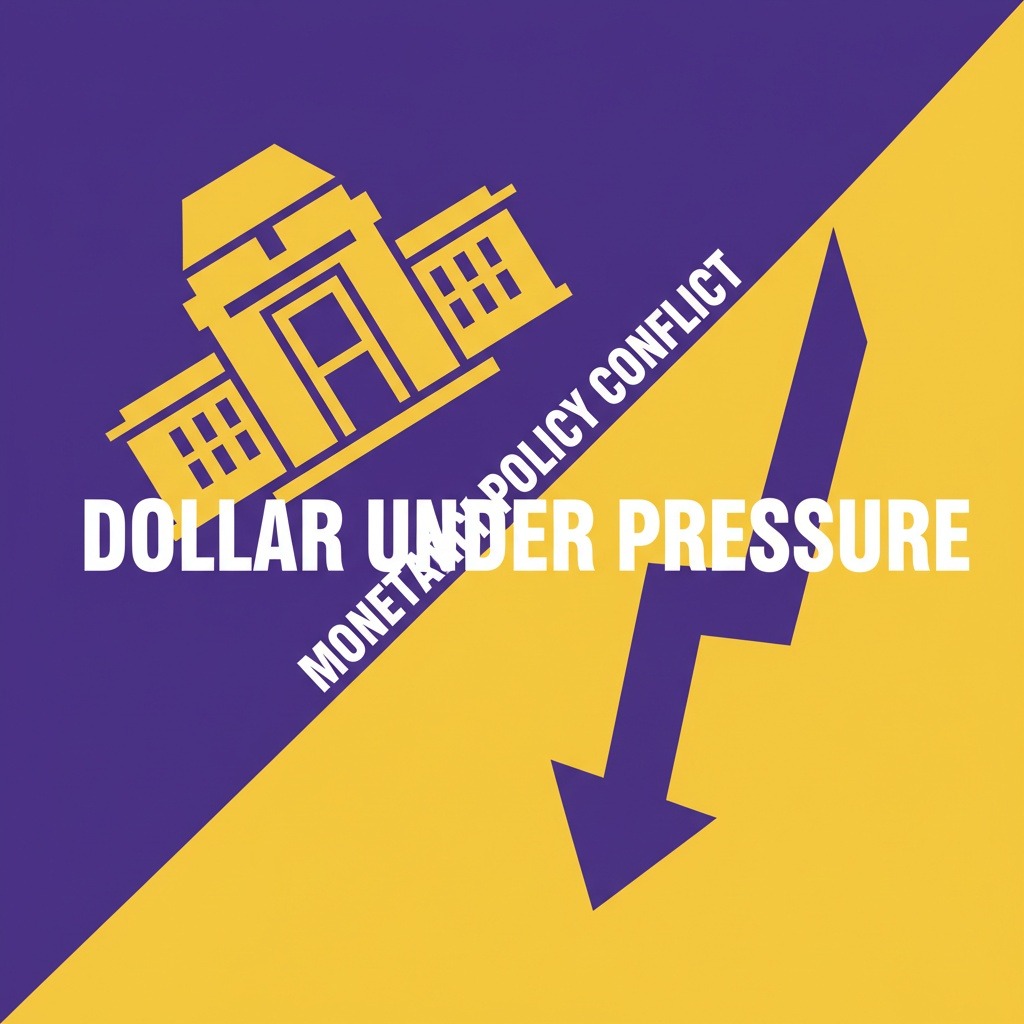Former President Donald Trump’s ongoing critique of the Federal Reserve (Fed) is raising concerns about potential consequences for U.S. monetary policy and the strength of the dollar. Central to Trump’s argument is the belief that elevated interest rates, maintained by Fed Chair Jerome Powell, are stymying economic growth and imposing unnecessary burdens on American consumers.
Recently, Trump has stepped up his campaign against the Fed, suggesting that its current leadership is out of touch with the economic realities facing the nation. His discontent culminated in a dramatic move last week, where his administration petitioned the U.S. Supreme Court to allow the firing of Federal Reserve Governor Lisa Cook, the first such attempt since the Fed’s establishment in 1913. This unprecedented action follows a legal impediment that temporarily blocked Cook’s dismissal.
The insights from Lloyds Bank highlight the ramifications of these political pressures on monetary policy. They argue that such interventions could lead to a more reactionary approach to economic data rather than a proactive one. “Political pressures make it tough to credibly shift to an overtly dovish footing,” the bank’s market insights team noted, indicating that this reactive nature could weaken the dollar as the Fed struggles to keep pace with evolving economic conditions.
Trump’s monetary philosophy suggests a desire for significantly lower interest rates, ideally around 1%, compared to the current level of about 4%. He contends that high mortgage costs are preventing many Americans from achieving homeownership and are leading to excessive refinancing costs, which he views as a missed economic opportunity.
Despite Trump’s assertions, the Fed faces criticism for being perceived as “behind the curve.” This term refers to the central bank’s failure to adjust rates adequately in response to changing economic factors. The debate around whether to accelerate rate cuts poses a dilemma for policymakers: acting quickly could be seen as yielding to political pressure, yet delaying could exacerbate an economic slowdown.
Amid these tensions, Fed Chair Jerome Powell and his colleagues find themselves navigating a precarious landscape where public perception and political consequences play significant roles in shaping their decisions. The pressure to act may lead the Fed to adopt a more cautious approach, hesitant to make abrupt changes to interest rates due to fears of political ramifications.
Should the Fed delay necessary rate cuts, it risks a scenario where economic indicators are increasingly misaligned with monetary policy. This situation parallels a patient resisting treatment only to find themselves in need of more drastic intervention later on. Consequently, if the Fed finally adopts aggressive measures in response to a downturn, it may emerge as a sign of panic, prompting further destabilization in markets.
As scrutiny on the Federal Reserve intensifies, the implications for the U.S. dollar remain uncertain. Trump’s challenges to the Fed underscore the complex interplay between political dynamics and economic policy, which may further complicate the central bank’s efforts to stabilize the economy. Analysts will be closely monitoring how these developments unfold, particularly as Powell’s term approaches its conclusion.



